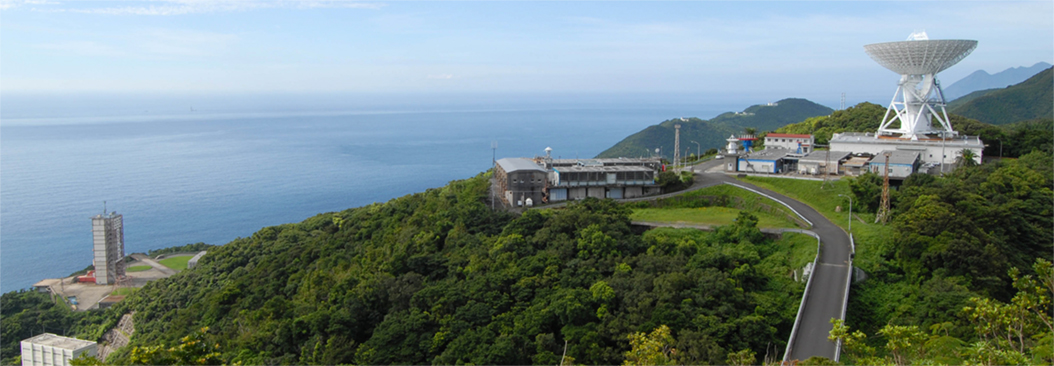AUGUST 30, 1979: The SOLWIND coronagraph aboard the U.S. Defense Department’s P78-1 satellite records images of a bright comet approaching the sun, and then disintegrating. This comet, the first comet ever to be discovered from space, turned out to be a Kreutz sungrazer, and was the first of several comets discovered by SOLWIND prior to the destruction of P78-1 in 1985. It is this week’s “Comet of the Week.”
AUGUST 30, 1992: David Jewitt and Jane Luu discover a faint distant asteroid, originally designated 1992 QB1 and now formally known as (15760) Albion, from Mauna Kea Observatory in Hawaii. Albion was the first confirmed example of an object within the Kuiper Belt, which is the subject of this week’s “Special Topics” presentation.
AUGUST 30, 2019: An amateur astronomer in Crimea, Gennady Borisov, discovers a faint comet, provisionally designated as C/2019 Q4, utilizing a telescope he built himself. Comet Borisov was found to be traveling on a very hyperbolic orbit indicating that it has arrived in the solar system from interstellar space, the first confirmed example of an interstellar comet. Now designated as Comet 2I/Borisov, it is next week’s “Comet of the Week.”
AUGUST 31, 2020: The main-belt asteroid (666) Desdemona will occult the 6th-magnitude star HD 142703 in Libra. The predicted path of the occultation crosses the very southern tip of South Korea, the northern part of the Japanese island of Kyushu and the southern part of the Japanese island of Shikoku, and then open waters of the northwestern Pacific Ocean.
SEPTEMBER 1, 1804: German astronomer Karl Harding discovers the main-belt asteroid now known as (3) Juno. It is the smallest and dimmest of the four originally known main-belt asteroids – discussed in the Week 1 “Special Topics” presentation – and was at opposition this past April.
SEPTEMBER 1, 1882: Various observers – many of them aboard ship – in the southern hemisphere report seeing a bright comet in the morning sky. This comet would become known as the Great Comet of 1882, one of the brightest comets of the entire 2nd Millennium, and would be visible in broad daylight for several days around the time of its perihelion passage in mid-September. A future “Comet of the Week,” this comet was a Kreutz sungrazer, which are discussed in a future “Special Topics” presentation.
SEPTEMBER 1, 1991: Geologists Alan Hildebrand, Glen Penfield, and colleagues publish a paper proposing that a large subterranean crater located off the northern coast of the Yucatan Peninsula of Mexico near the village of Puerto Chicxulub is the impact site of the body that caused the Cretaceous-Tertiary (K-T) extinction event 66 million years ago which, among other life forms, caused the extinction of the dinosaurs. The K-T event, and the relationship of the Chicxulub crater to that, is the subject of a previous “Special Topics” presentation.
SEPTEMBER 1, 2362: According to Japanese astronomer Syuichi Nakano, Comet 153P/Ikeya-Zhang will next pass through perihelion at a heliocentric distance of 0.506 AU. Comet Ikeya-Zhang is the longest-period comet that has been definitely seen on two returns, and its 2002 return is a previous “Comet of the Week.”
SEPTEMBER 3, 2020: The main-belt asteroid (157) Dejanira will occult the 7th-magnitude star HD 25186 in Taurus. The predicted path of the occultation crosses the southern tip of India, central Myanmar, northern Thailand, northern Laos, northern Vietnam (including the southern regions of Hanoi), far southern China, and the southern tip of the Japanese island of Kyushu (including the Uchinoura Space Center).

SEPTEMBER 5, 1989: Pluto passes through perihelion at a heliocentric distance of 29.66 AU. Pluto is the subject of its own earlier “Special Topics” presentation, and its relationship with the Kuiper Belt is discussed in this week’s “Special Topics” presentation.
SEPTEMBER 5, 2008: ESA’s Rosetta mission passes by the main-belt asteroid (2867) Steins during its first passage through the main asteroid belt. Rosetta, which eventually traveled to its primary destination of Comet 67P/Churyumov-Gerasimenko, is discussed in a previous “Special Topics” presentation.
SEPTEMBER 5, 2012: Having spent the preceding 14 months orbiting the large main-belt asteroid (4) Vesta, NASA’s Dawn mission departs, en route to its next destination of the large main-belt asteroid (1) Ceres, where it would arrive 2½ years later. The Dawn mission is discussed in a previous “Special Topics” presentation.
More from Week 36:
Comet of the Week Special Topic Free PDF Download Glossary
Ice and Stone 2020 Home Page


